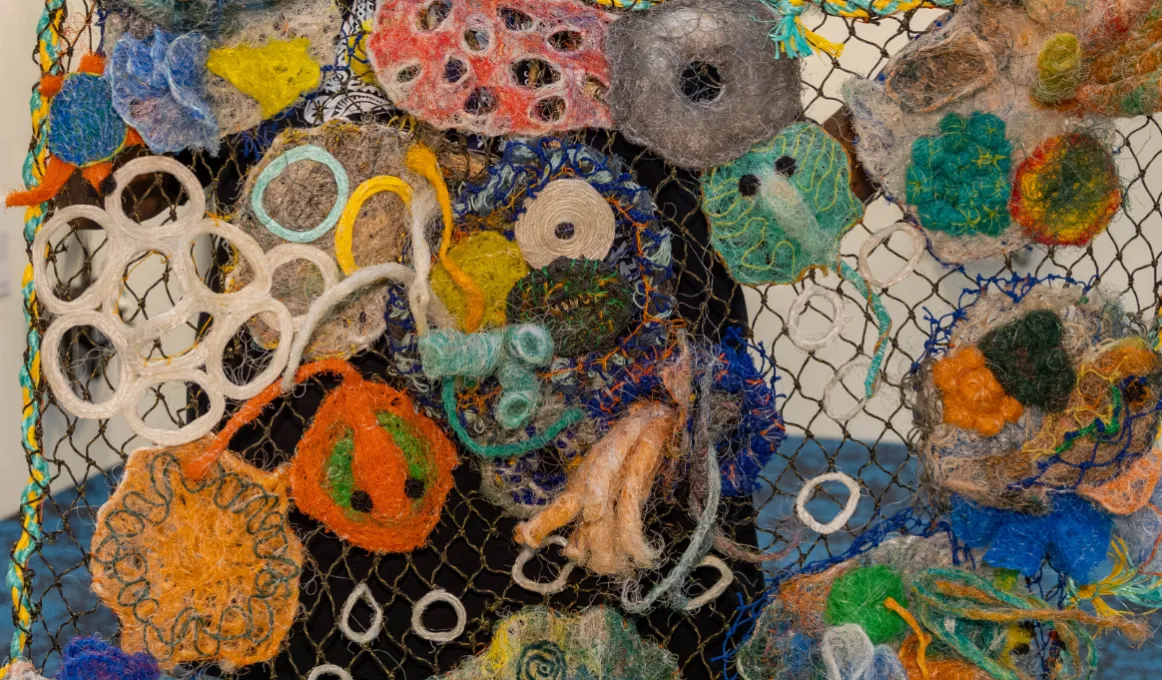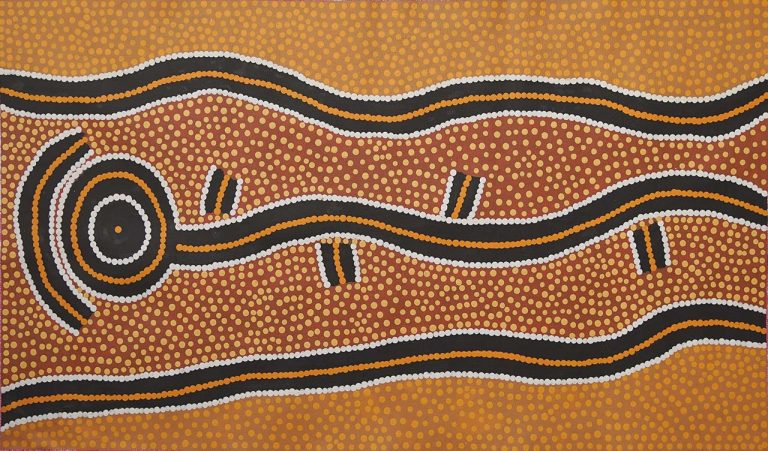Challenges Facing Aboriginal Art
I. Introduction
A. Overview of Aboriginal Art
1. Historical significance
Aboriginal art stands as the oldest continuous artistic tradition in the world, with roots reaching back over 50,000–65,000 years, from ancient rock engravings to vibrant contemporary creations galleryaustralia.com.au SpringerLink.
2. Cultural heritage and identity
Far more than visual expressions, Aboriginal artworks embody deep spiritual connections—to land, ancestors, and the Dreaming—serving as vessels for cultural memory, storykeeping, and communal identity galleryaustralia.com.au australian.museum.
B. Purpose of the Article
1. To highlight the challenges faced by Aboriginal artists and their communities
This article explores the complex hurdles Aboriginal artists encounter: appropriation, economic constraints, preservation struggles, and visibility barriers.
2. Importance of preserving Aboriginal Art
Safeguarding these rich traditions is vital for cultural continuity, social empowerment, and strengthening Australia’s collective identity.
II. Challenges Facing Aboriginal Art
A. Cultural Appropriation
1. Definition and examples
Cultural appropriation occurs when non-Indigenous individuals or industries misuse Aboriginal motifs or techniques without respect, permission, or fair compensation—often misrepresenting deeply meaningful symbols fatsil.orgaiatsis.gov.au Creative Native Perth.
2. Impact on Aboriginal artists
Such practices undermine the value and integrity of original artworks, often exploiting vulnerable artists who may lack legal or market power, especially elderly creators aiatsis.gov.au.
B. Economic Barriers
1. Limited access to markets
Most Aboriginal artworks originate from approximately 90 remote art centres, which face logistical challenges and shrinking prices—sales that once peaked at A$400–500 million annually have declined significantly theconversation.com.
2. Lack of funding and support for artists
Many Indigenous artists earn well below a living wage—the average creative worker earns ≈ 26% less than other Australians, and those relying solely on creative income often make under A$10,000 per year NIRS – National Indigenous Radio Service.
Yet, there are critical support systems:
-
The Indigenous Visual Arts Industry Support (IVAIS) program delivers operating funding to over 85 art centres and related organisations, benefiting around 8,000 artists arts.gov.au+1.
-
Creative Australia’s First Nations Development Fund offers $10,000–$50,000 grants to build capacity for First Nations individuals and micro-organizations creative.gov.au.
C. Preservation of Traditional Practices
1. Threats from modernization
Rapid modernization and global commodification have risked diluting cultural integrity—commercial pressures may incentivize simplified or sanitized representations over authentic traditions fatsil.org My Blog.
2. Loss of knowledge and skills among younger generations
Intergenerational transmission of art skills is endangered, especially in communities without robust mentorship or training. Vocational and apprenticeship pathways remain limited theconversation.comcreative.gov.au.
D. Representation and Visibility
1. Underrepresentation in mainstream art spaces
Despite growing global interest, Indigenous artists often lack inclusion in mainstream galleries or decision-making roles. Audience engagement is hindered by outdated perceptions and cultural discomfort creative.gov.au+1.
2. Stereotypes and misconceptions
Simplistic stereotypes—like assuming “dot painting” epitomizes all Aboriginal art—ignore the diversity of styles and cultural contexts. For example, Wiradjuri artist Brandi Salmon warns educators against teaching such generalizations without context or community input Daily Telegraph.
III. Case Studies
A. Successful Aboriginal Artists
1. Overview of selected artists’ struggle and achievements
While specific contemporary case studies remain limited in this search, historical artifacts like Ngurrara I and Ngurrara II reflect how Aboriginal artists used collaborative narrative paintings in land claim efforts, serving both cultural and legal purposes—though artists still faced poverty despite the work’s importance The New Yorker.
2. Community initiatives fostering support
In Victoria’s prison system, The Torch arts program enabled Gamilaroi artist Sean Miller to reclaim cultural identity and artistic voice—leading to gallery commissions and drastically reducing recidivism among participants (11–15% vs 53%) The Australian.
B. Organizations and Programs
1. Support networks for Aboriginal artists
Ku Arts in South Australia offers advocacy, professional development, and market guidelines for artists and dealers creativeworkplaces.gov.au. Additionally, Creative Australia continues to invest in intergenerational and cultural expression programs creative.gov.au.
2. Government and NGO interventions
Federal initiatives like IVAIS and the First Nations Development Fund bolster economic and structural support. Regional efforts—such as Canberra’s arts programs or NSW’s A$250,000 grant in Coffs Harbour—create local opportunities for artists cmtedd.act.gov.au NSW Government. Queensland’s Backing Indigenous Arts program (2019–23) similarly invests in sustainable art centres arts.qld.gov.au.
IV. The Importance of Supporting Aboriginal Art
A. Cultural Significance
1. Role in maintaining cultural stories and traditions
Aboriginal art remains a vital tool for preserving and sharing ancestral knowledge, laws, and Dreaming narratives—an enduring expression of sovereignty and identity australian.museum galleryaustralia.com.au.
2. Contribution to Australia’s cultural landscape
These art forms enrich Australia’s cultural identity, make substantial economic contributions—especially in remote regions—and remain central to national storytelling nintione.com.aupc.gov.au.
B. Economic Potential
1. Opportunities for community development
Art centres can be economic lifelines for remote communities, offering employment and sustaining livelihoods—especially for women, who constitute much of the artist population theconversation.com.
2. Market trends in contemporary Aboriginal Art
Global interest is rising; artists are embracing digital media and contemporary innovation while preserving tradition Creative Native Perth Academia.
V. Conclusion
A. Recap of challenges discussed
Aboriginal artists confront cultural appropriation, economic hardship, eroding traditional practice, and misrepresentation—all underpinned by systemic inequities.
B. Call to Action
1. Encouraging support for Aboriginal artists
Support can take many forms—from ethical purchasing, grants, and mentorship, to advocating for representation and inclusion.
2. Importance of respecting and protecting Aboriginal culture
Fostering respect, protecting authenticity, championing fair compensation, and ensuring First Nations-led cultural direction are essential—not just for the survival of Aboriginal art but for the flourishing of all Australia’s cultural heritage.
VI. References
Referencing academic studies, government program literature, and relevant news articles throughout:
-
Historic and cultural context: galleryaustralia.com.au SpringerLink australian.museum
-
Economic barriers and funding: NIRS – National Indigenous Radio Service arts.gov.au+1 creative.gov.au arts.qld.gov.au NSW Government cmtedd.act.gov.au
-
Preservation and modern threats: fatsil.org My Blog creative.gov.au theconversation.com
-
Representation and stereotypes: creative.gov.au+1 Daily Telegraph
-
Case studies and community initiatives: The New Yorker The Australian creativeworkplaces.gov.au creative.gov.au
-
Cultural significance and contributions: pc.gov.au nintione.com.au Creative Native Perth Academia
- Image: Reef 2024, Florence Gutchen, Erub Island artist. ICIP:


